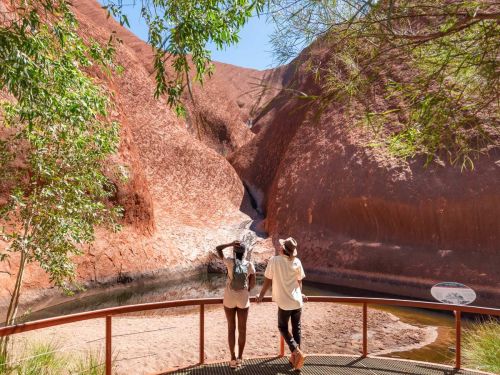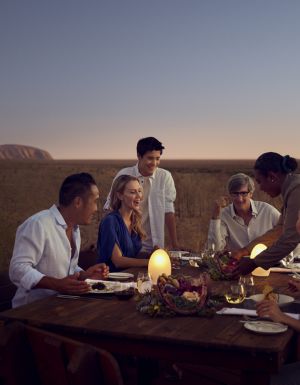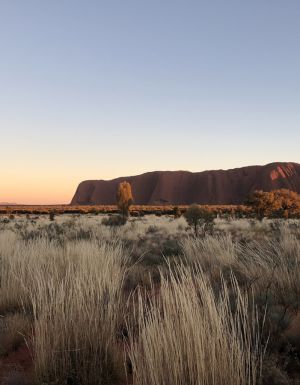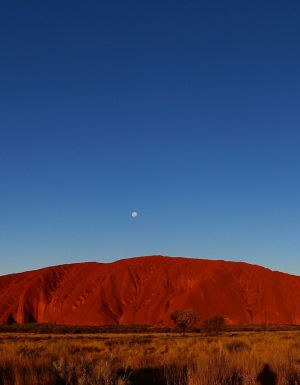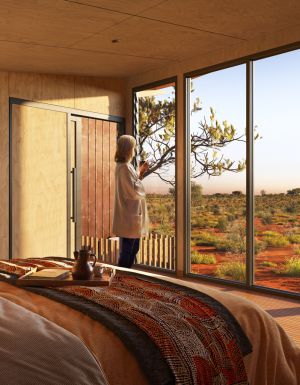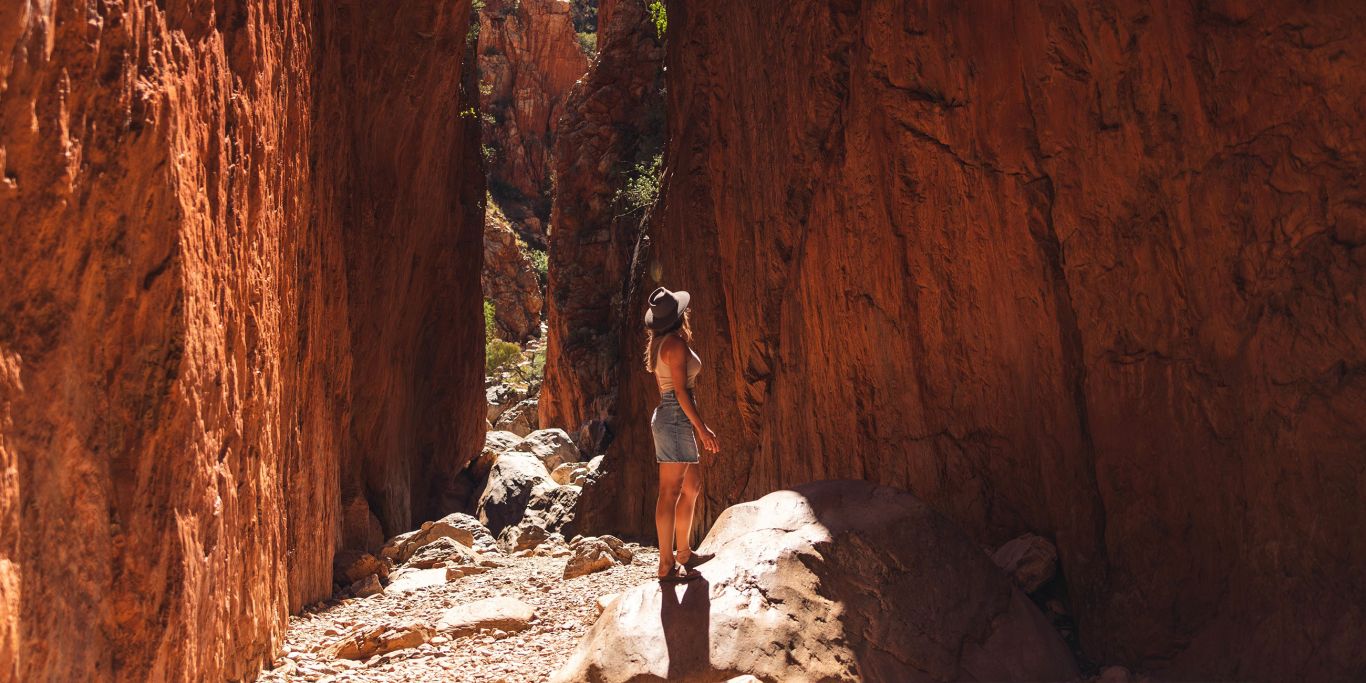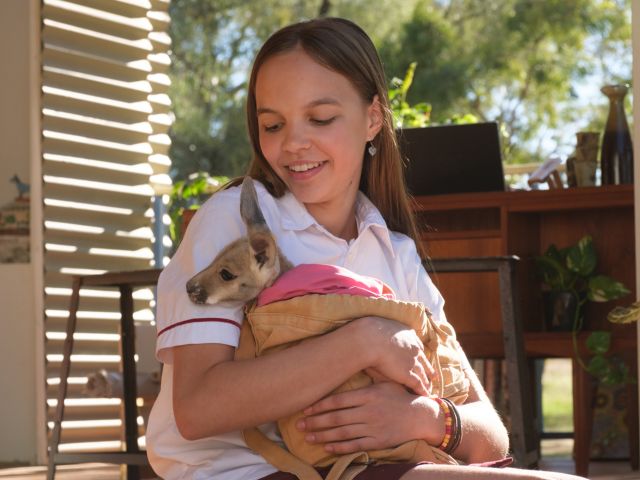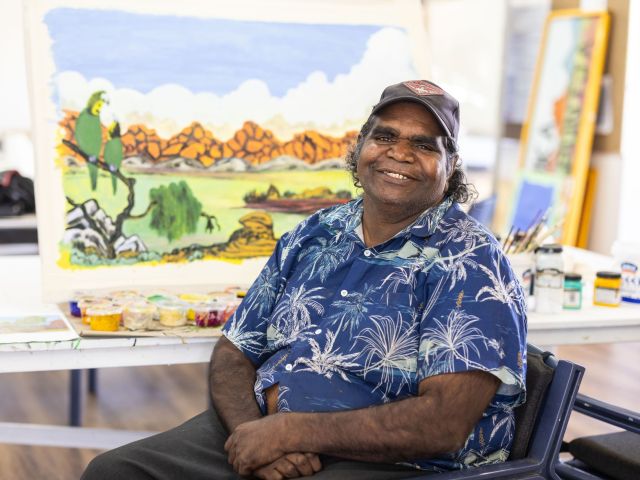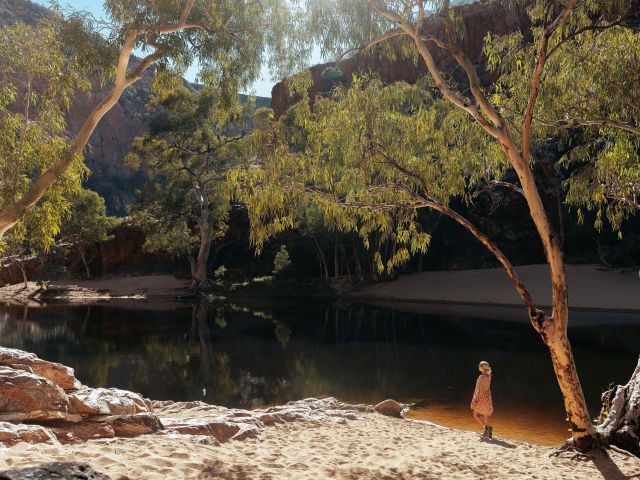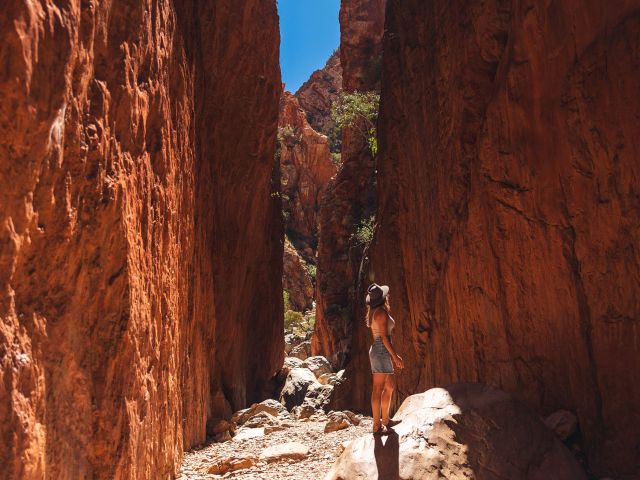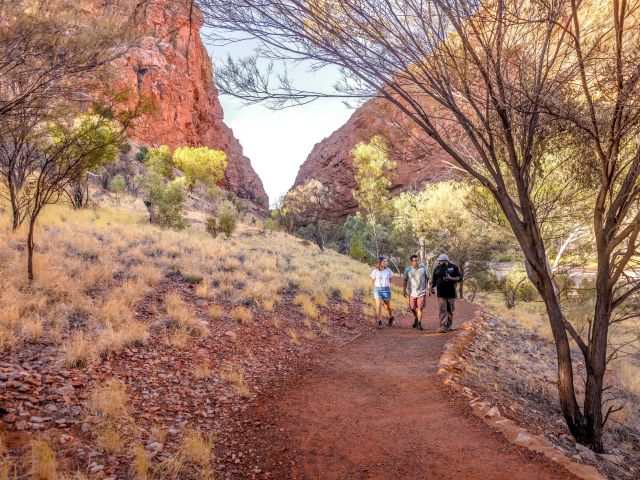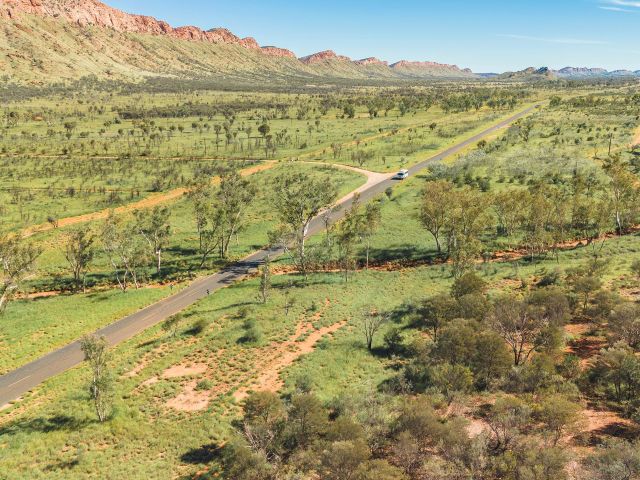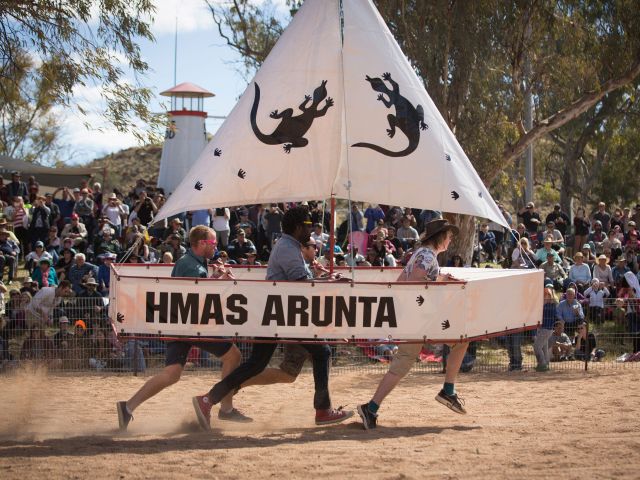Visitors have been banned from climbing Uluṟu since October 2019 – and with good reason. We delve into the specific reasons why.
The Anangu Traditional Owners have long called for visitors to stop climbing Uluṟu. And up until the ban, hundreds of thousands of tourists scaled Uluru every year, against the expressed wishes of the Anangu people.
This played a part in the decision of the Uluru-Kata Tjuta National Park board to unanimously ban the climb. But if you’re still wondering why exactly it’s no longer possible to climb the sacred rock, keep on reading for the breakdown below.
Uluru isn’t yours to climb
The Anangu Traditional Owners consider Uluṟu an intensely spiritual place, an area where their Tjukurpa (creation stories), which govern their ceremonies, art and rules for living, converge.
Uluṟu is said to be spiritually significant because it was a traditional route of the ancestral Mala men. The cultural significance has been globally acknowledged, with UNESCO deeming Uluru a World Heritage area due to its cultural and natural values.

Climbing Uluru caused erosion
The Central Australian desert may seem outback tough, but the semi-arid ecosystem is actually quite fragile, as can be seen by the erosion along the historic climbing route, known as the Scar of Uluru. The wearing away of the sandstone is a serious issue that causes damage this rare and invaluable site.

The Uluru climb impacted the environment
As well as causing erosion, walkers caused a major issue when they had nowhere to ‘go’. There are no toilet facilities on top of Uluru, so when nature inevitably calls, the climbers used the sacred site as a loo.
And when the rains eventually came, that waste flushed straight into the waterholes below, tainting the water that threatened flora and fauna rely on.
Adding to the levels of disrespect and pollution, climbers would frequently leave their rubbish behind too.

It was dangerous to climb Uluru
348 metres might not seem high in terms of mountains, but Uluru has reportedly claimed 38 lives in recorded history.
Unfit tourists often underestimated the task, and the chain along the climbing route was inadequate for the steep and sometimes slippery surface. The 95-storey climb was often closed due to wind, storms, and over the hot summer months (or temperatures above 36°C).
When a person dies on a traditional site, it is said to cause great sadness to the Anangu people.
There are endless alternatives to climbing Uluru
There are so many things to do at Uluru that don’t involve climbing it. You can cruise past it on a camel , or even on the back of a Harley Davidson .

Cruise around Uluru atop a camel. (Image: Tourism NT/ Plenty of Dust)You can enjoy it with champagne in hand or dine on a sand dune in its presence at the intimate Tali Wiru experience or the bigger crowds of the Sounds of Silence . You have to do at least one of these alfresco dining options on your first trip (try and time it with the waning crescent moon phase to have a spectacular star-watching session).

You can ride a bicycle around its base and there’s also a wide range of guided walks (for example, to Mutitjulu Waterhole) where you can see rock art up close with someone who can tell you the story of the land.

You can see it sunrise or sunset as the backdrop to the incredible Field of Light by Bruce Munro.

Heck, you can even skydive over Uluru if you’re looking for an adrenaline challenge.
Most importantly, you can choose activities that meaningfully engage in local Aboriginal culture. For example, you could visit the Gallery of Central Australia (GOCA) to see works by Anangu artists , visit the non-for-profit Walkatjara Art or book on to a tour with Maruku Arts .

To immerse yourself in the culture of Uluru, you can book an Indigenous-led tour with SEIT , which will take visitors on a day trip onto Patji Aboriginal Lands, where you’ll learn about the landscape, the spiritual significance of the rock, and the personal history of the Uluru family.
Want more inspiration for visiting Uluru? check out our Uluru guide for recommendations on what to do, where to stay, and more.
